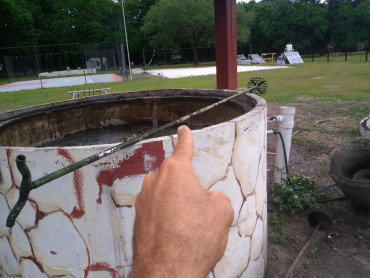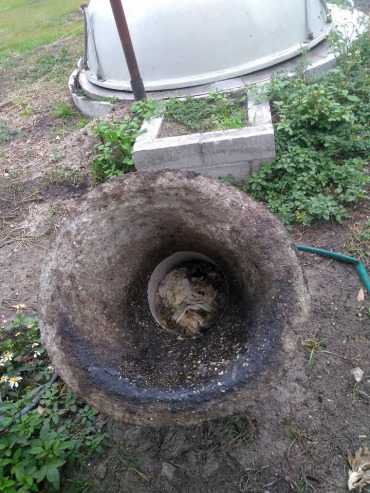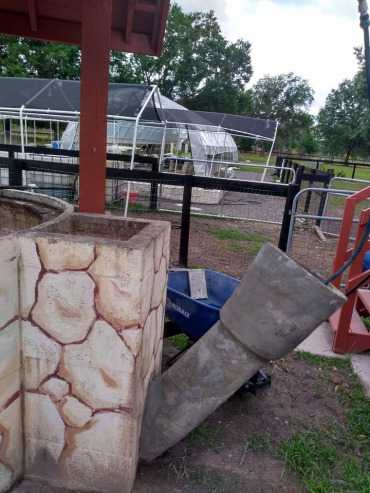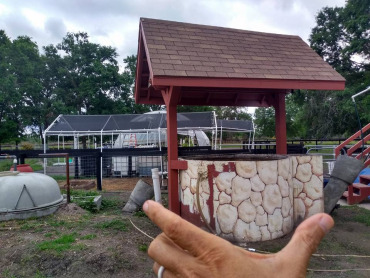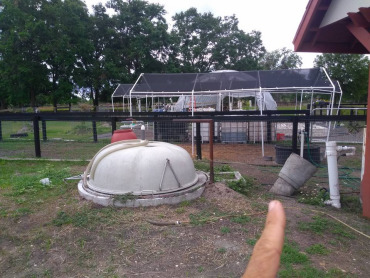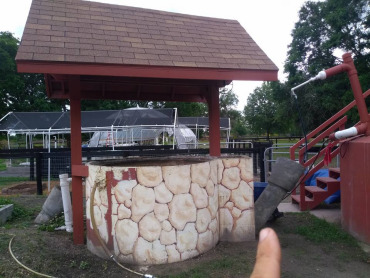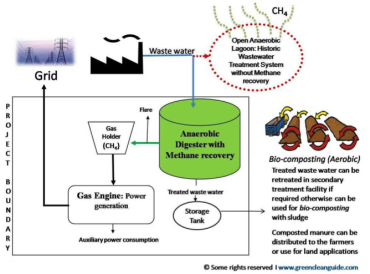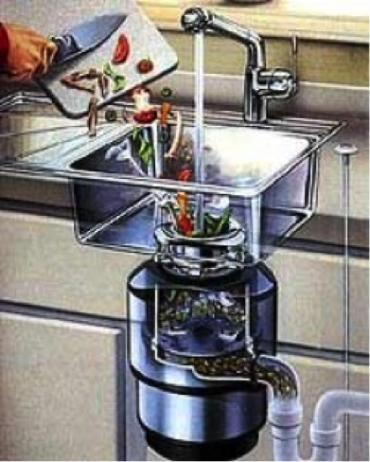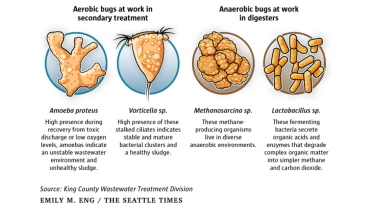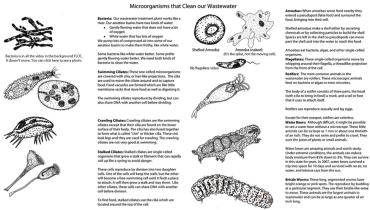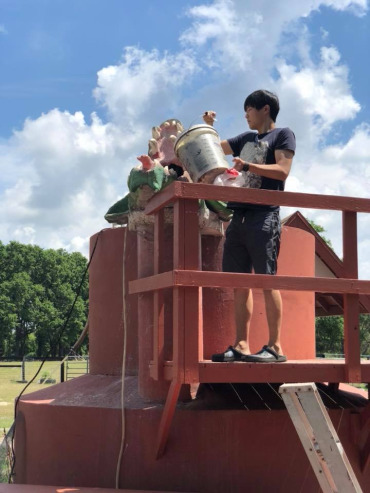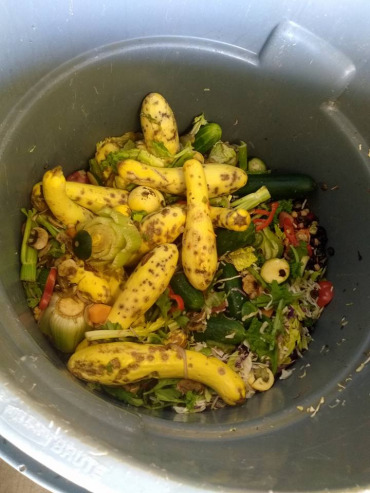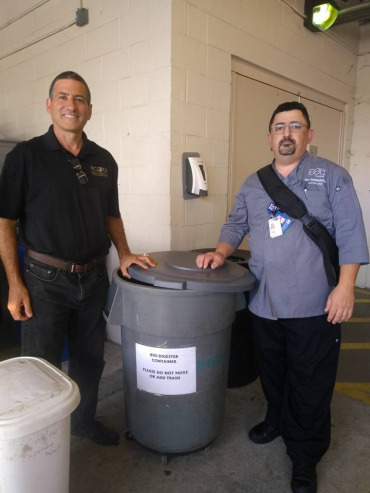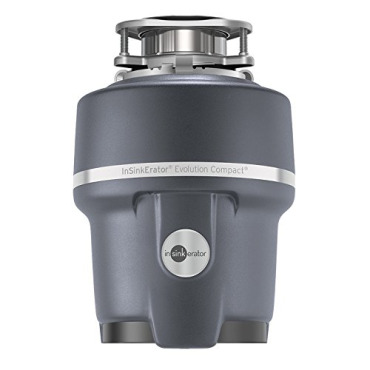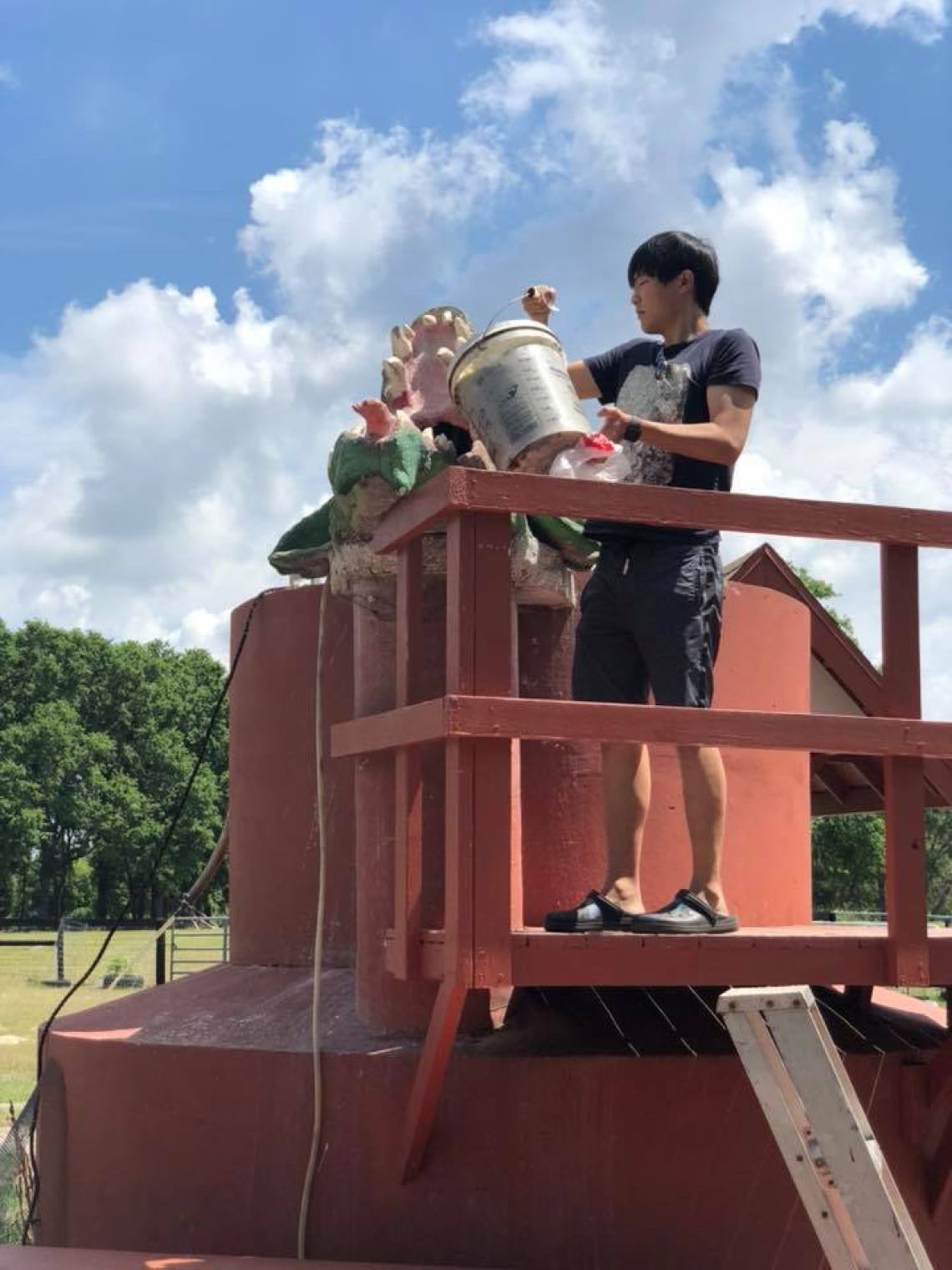
Legacy issues from the time when most people assumed biodigesters were a rural technology best fed with animal manures still plague digester design and operation.
A case in point is the current design of the simplified 10m3 Chinese "Puxin" digester.
Plans for the digester, which is increasingly used in urban and suburban areas where food waste is the most available and preferred feedstock, still call for a vertical feedpipe, despite the fact that food wastes are usually very buoyant and have a hard time going down the "throat" of the domestic dragon.
This paper details experiments with three Puxin digesters conducted at the Rosebud Continuum in Land O Lakes Florida over a period of a year, and shows modifications that were made to the digesters to accomodate daily feeding with restaurant waste.
Our first experience with a 10m3 Puxin digester in the US was with one we built at the Windy Hill Farm owned by Jody and Bob Spangler in Chester County Pennyslvania (see http://solarcities.eu/projects/gassy-girl-americas-first-10m3-puxin-bio…).
We followed the original Puxin plans and used an 8 inch vertical pipe for the feeding tube.
[[{"fid":"2076","view_mode":"content_medium","fields":{"format":"content_medium","field_file_image_alt_text[und][0][value]":"Standard Puxin design","field_file_image_title_text[und][0][value]":"Standard Puxin design"},"type":"media","field_deltas":{"2":{"format":"content_medium","field_file_image_alt_text[und][0][value]":"Standard Puxin design","field_file_image_title_text[und][0][value]":"Standard Puxin design"}},"attributes":{"alt":"Standard Puxin design","title":"Standard Puxin design","class":"media-element file-content-medium","data-delta":"2"}}]]
The Spangler's have a half dozen cows and some chickens, and while they do mix food waste in with the manures their livestock produce, the majority of what goes down the feeding tube are solids that are denser than water. They put a12 inch tube funneling to the 8 inch tube and a simple plunger is all that is needed to ensure that all the feedstock goes down into the "belly of the beast".
At Rosebud we built 3 identical Puxin digesters, one above ground, one half buried and one completely buried. The above ground digester, dubbed "the last of the red hot dragons", has an 8 inch feedpipe similar to what we built at the Spanglers. To make a funnel our students worked with us to create a "dragon's head" with an open mouth.
To feed the dragon we made weekly trips to Beef O'Brady's restaurant to pick up a half or quarter barrel of mixed food waste. To accelerate gas production we ground the food waste using a 1 hp Insinkerator "garbage disposal" unit.
We quickly found that ground food waste has no problem making its way down the "throat" of the dragon as grinding breaks up cell walls, mixes the lipids (fatty acids) contained in the waste with the food particles and releases the air. In this way the slurry that results is able to fall by gravity down the tube.
For the second and third digesters we decided to build the vertical feed pipes out of cinder block and experiment with no grinding at all, as was being recommended at the time by HomeBiogas for their family systems.
The problem we quickly encountered was that without griding the food waste tended to float with such buoancy that no amount of plunging or pushing would force it into the stomach of the digester.
After many months of frustration, trying all sorts of contraptions and methods to get the food waste to go down, we finally decided to seal off the vertical shafts and knock out 8 inch holes into the base of them and put in 8 inch diagonal feed pipes at the least steep angle we could get to work given the pre-existing hole existing in the digesters. The angle turned out to be about 55 degrees.


